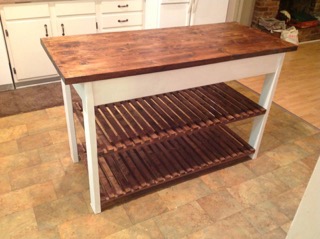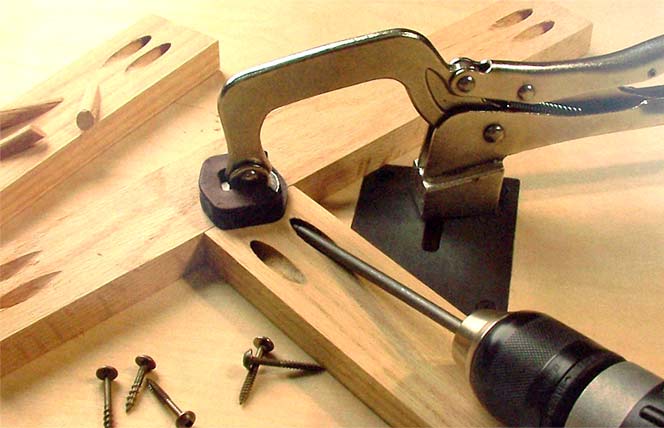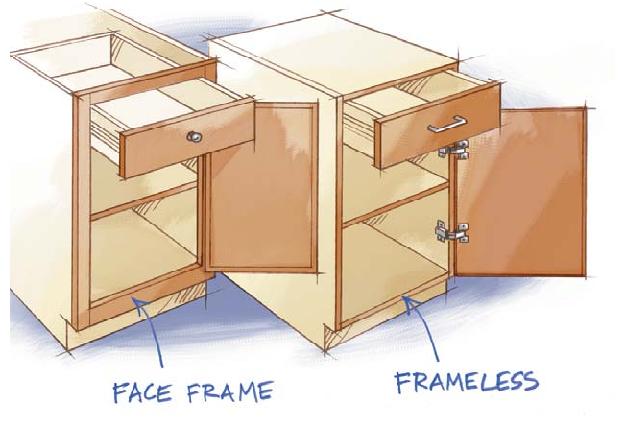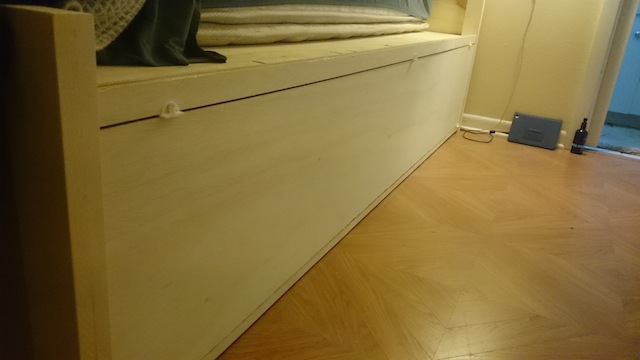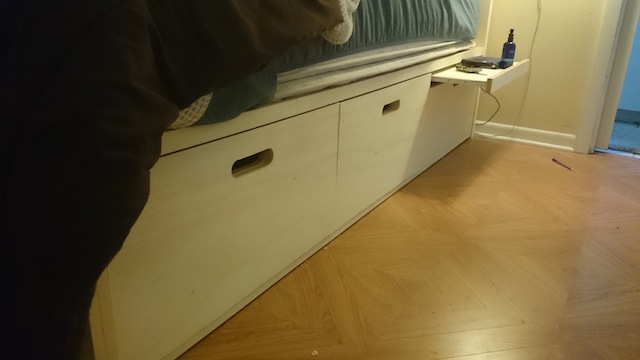Yup, it’s midweek, and I hope that you are enjoying the fun that comes along with Get Woodworking Week.

One thing I like to do in my shop is listen to music. I can plug in my iPod and select whatever I want to hear while I’m out there. Because I have so much uninterrupted time there, it’s a great opportunity to listen to complete albums … shesh, listen to me. ‘Albums.’ Talk about a child of the 1960s…
OK, I listen to albums by some of my favorite artists. Rush. The Police. The Red Hot Chili Peppers. James Brown. And, the Beatles.
While I prefer Abbey Road, Sgt. Pepper’s Lonely Hearts Club Band is a classic as well. Day in the Life? Totally awesome track. A little help from my friends? Maybe not so much. But, it’s a great message for Get Woodworking Week. Because, without a little help from my friends, where would I be as a woodworker?
I could go down the list of all of the woodworkers who have looked out for me over the years – encouraging me to get out and try new things in the shop. Gail O’Rourke. Marc Spagnuolo. Matt Vanderlist. Jim Heavey. Kari Hultman. Dyami Plotke. Chris Adkins. I could go on for a while and I guarantee that I would miss a bunch of folks. Each of them… each of you! … has made me strive to be a better woodworker.
Isn’t that what this week is all about? Not just getting people to look at furniture and woodworking. But to share that experience with others we care about. To share our successes, laugh at our failures and develop stories we can share with others for years to come.
Maybe even encourage others to try their hand at this craft we all enjoy.
Speaking about my friends, here are a few more stories which have come in for Get Woodworking Week!
- Wilbur Pan: The Long Game
- Midnight Woodworking: Get Woodworking Week 2015
- Popular Woodworking: Get Woodworking and “I can do that!”
- The Reverend’s Woodshop: Sharing your shop
- The Renaissance Woodworker: Hand tool projects for the beginner
Remember, Get Woodworking Week works when we share our passion for the craft. So, if you have posted anything about getting woodworking, be sure to send it to me at iggy@tomsworkbench.com, and I’ll put it up in an upcoming post!
###








